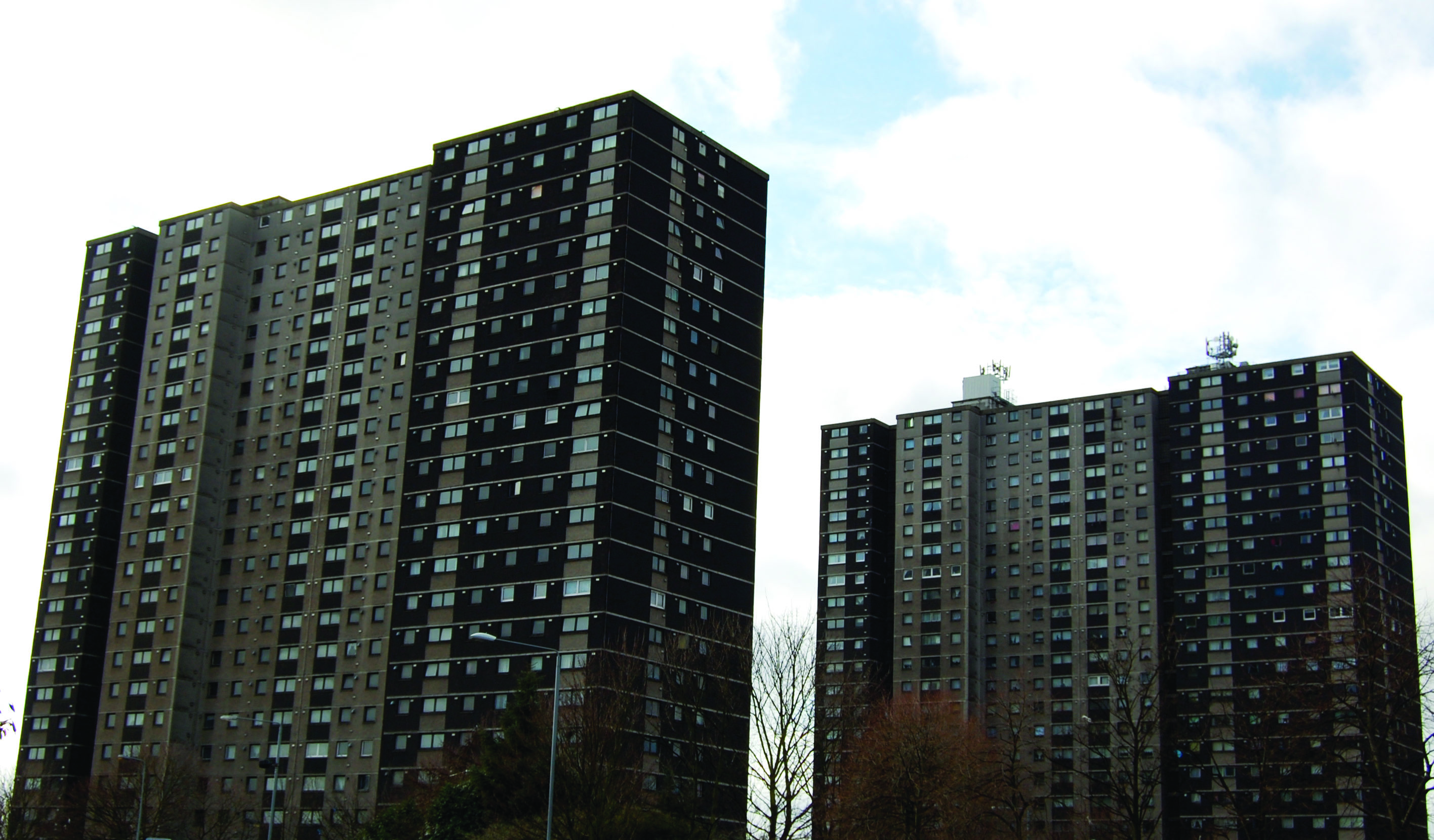 Claire Strickett rediscovers the influence of Le Corbusier, the inspiration behind Glasgow’s post-war architectural renaissance.
Claire Strickett rediscovers the influence of Le Corbusier, the inspiration behind Glasgow’s post-war architectural renaissance.
Post-war Glasgow faced housing problems on a vast scale. Thousands of people lived in slum conditions and the Victorian city’s infrastructure was rapidly becoming outdated. Something had to be done – and so Glasgow’s city fathers embarked on a series of hugely ambitious development projects that were to radically alter the face of the city and the lives of its inhabitants. Their quest for a new direction led them to the ideas of Le Corbusier.
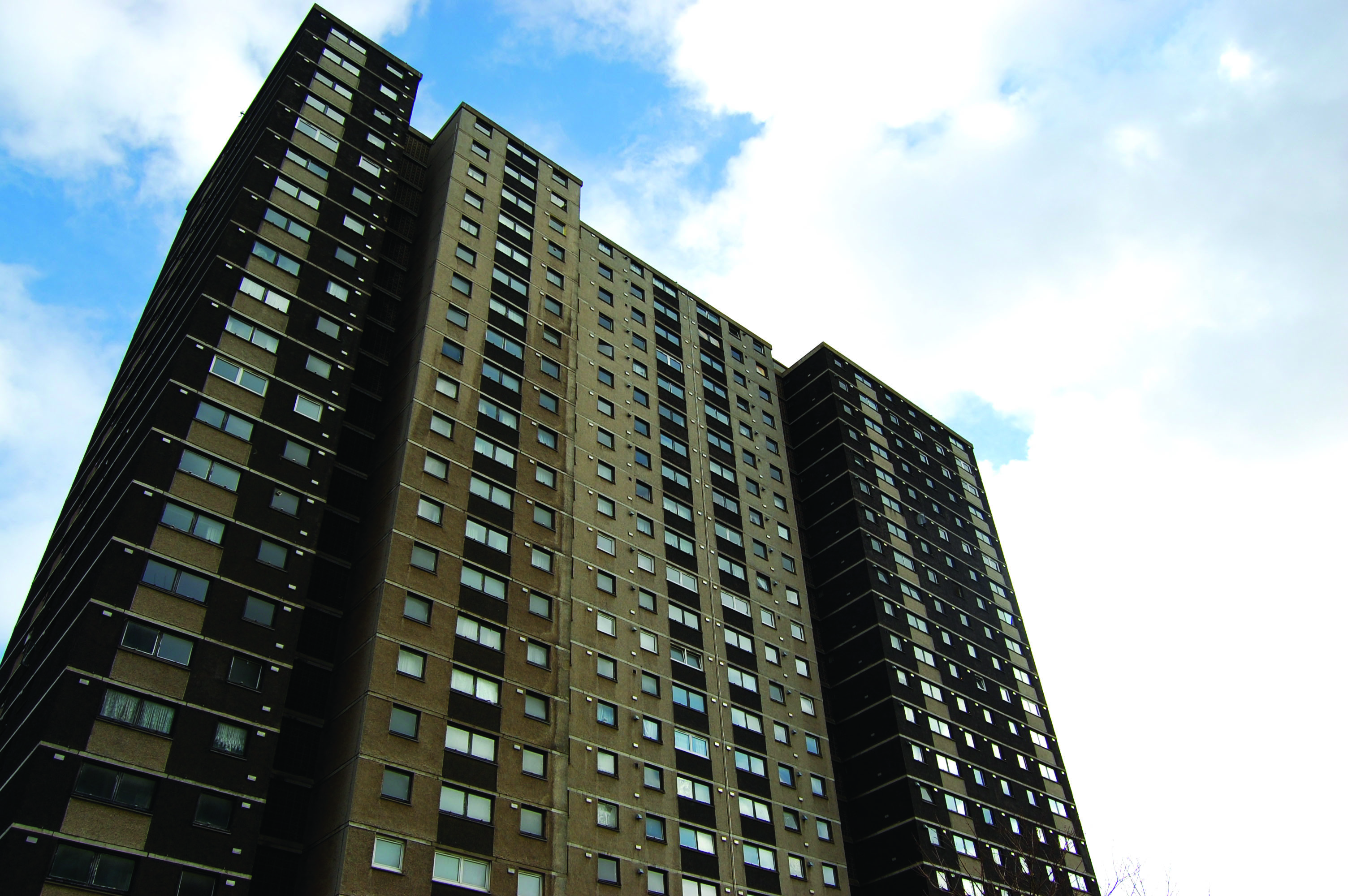
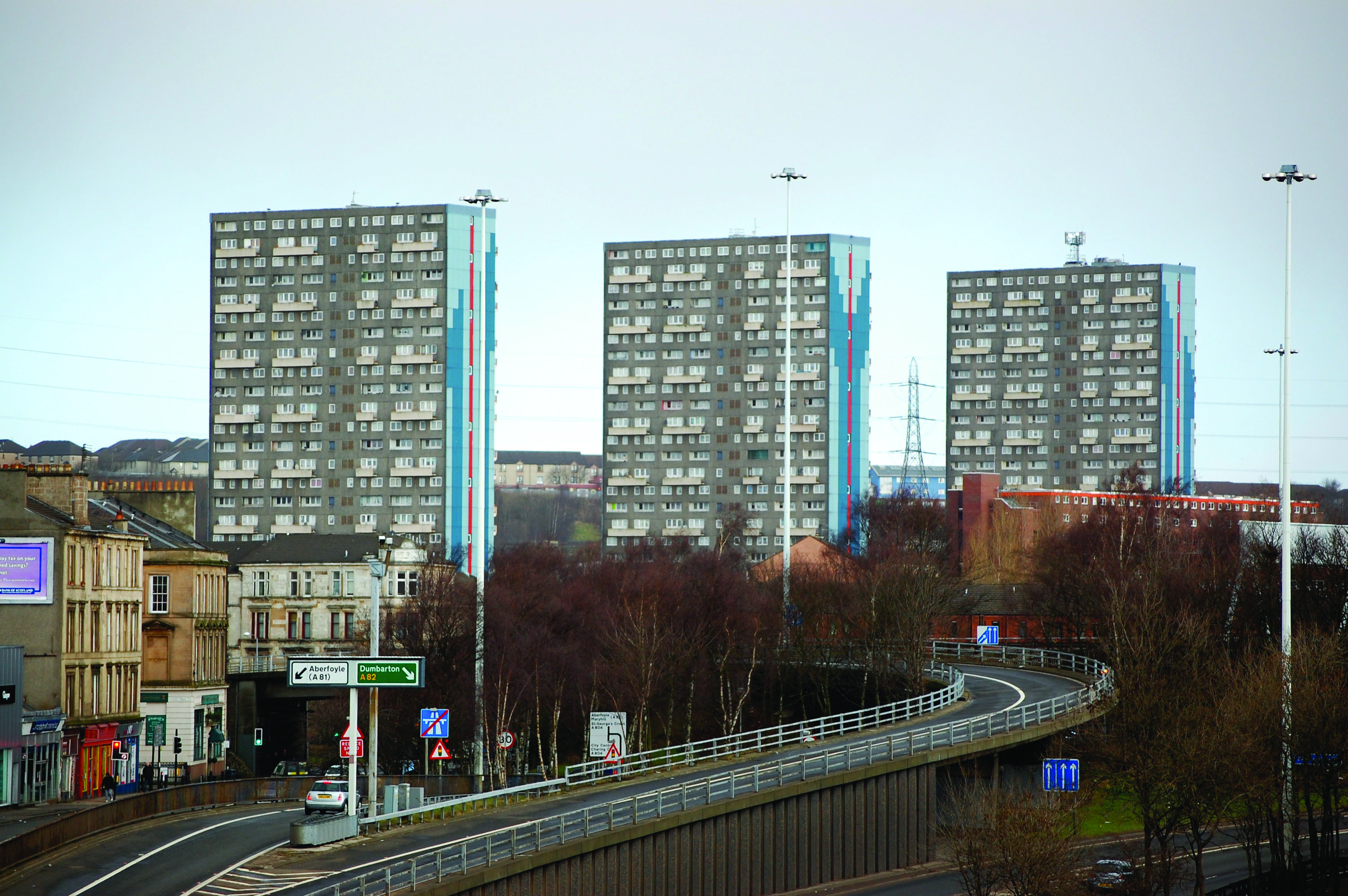
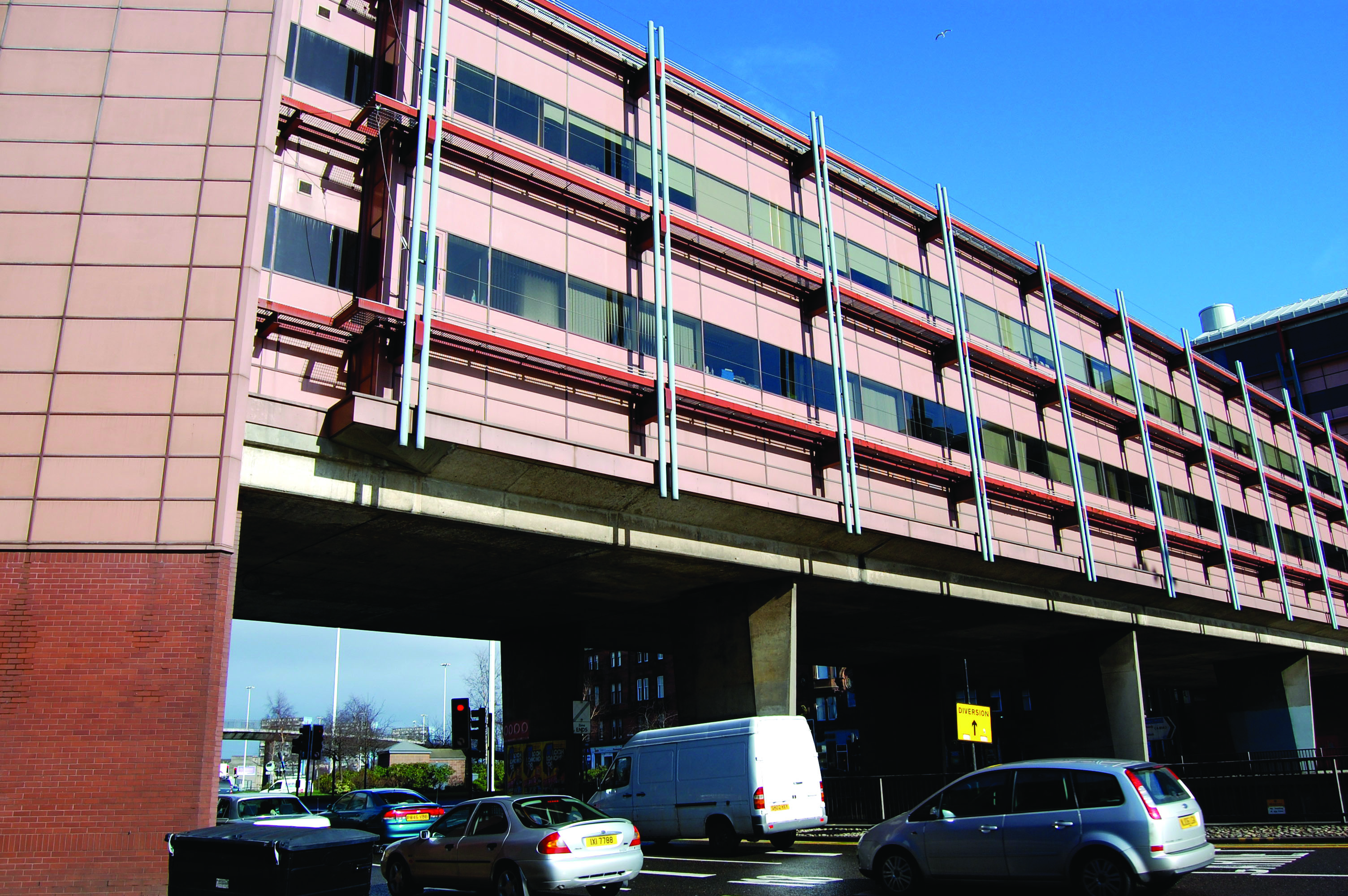
The work of French architect and urban planner Le Corbusier can be seen at an exhibition hosted by The Barbican in London. Considered by many as the greatest architect of the 20th century, Le Corbusier failed to have a single commission built in Britain, and he’s hardly a household name. Despite this, he’s arguably had more of an impact on changes to Britain’s urban landscapes than any other single figure, and in few places more so than Glasgow.
Le Corbusier was one of the great pioneers of modernism, eschewing unnecessary ornamentation, building upwards to minimise structures’ “footprints” and embracing new methods and materials. Indeed, he was a particular fan of concrete and a great believer in the power of urban planning, wholeheartedly embracing new technology, especially the automobile. Le Corbusier was convinced that carefully engineered urban landscapes could make their inhabitants’ lives more efficient, healthier and happier, and couldn’t bear the unplanned, unsanitary muddle of most European cities. In the 1920s, for example, he proposed the wholesale demolition of Paris’ Right Bank, to be replaced by a geometric arrangement of skyscrapers amidst landscaped parkland. More of a publicity stunt than a realistic proposal the plan was, somewhat understandably, not adopted by the Parisian authorities.
Yet it isn’t hard to see how Le Corbusier’s approach must have appealed to the post-war leaders of Glasgow, and in 1947, city councilors visited Marseille to inspect mid-rise housing devised by Le Corbusier. They planned to re-invent the old, haphazardly organised Victorian city as a modern metropolis, and Le Corbusier’s visions of sweeping motorways linking sleek, geometric structures was about as far from the old Glasgow as you could get. His influence is obvious in the astonishing vision of the new Glasgow put forward by the city’s chief planner, Sir Robert Bruce. The ‘Bruce Report’ proposed the complete demolition of Glasgow town centre.
In its place – a system of regular tower blocks, ringed by a motorway, built in districts according to function. Like Le Corbusier’s plan for Paris, Bruce’s modernist utopia/dystopia was too extreme to be feasible. Nevertheless, the final approved plans for Glasgow did indeed see huge swathes of the city demolished. Sadly much that resulted from this period of redevelopment has since become a byword for failures in town planning and social housing – the infamous Red Road flats, for example, or the ‘Hutcheson C’ development in the Gorbals, directly inspired by Le Corbusier’s ‘Unité d’Habitation’ complex in Marseille, and demolished in 1993.
How did we get from Le Corbusier’s modernist ideals to such failures on the part of his British disciples? Some would argue that his ideas were unrealistic and dehumanising from the very start, placing too much emphasis on order and planning at the expense of an understanding of the importance of tradition, individuality and community needs. This is perhaps unfair and doesn’t take into account the fact that many of his theories were either misunderstood or poorly implemented by the Glasgow planners. Le Corbusier believed in simplifying people’s lives by placing amenities within easy and convenient reach – within one building, if possible. By contrast, many housing developments around Glasgow were poorly served by public transport, lacked essential facilities, and required their inhabitants to travel long distances. He envisioned housing blocks as relatively self-contained, close-knit communities. Yet, slum clearance and re-housing in Glasgow achieved the opposite, breaking up just such communities irrevocably. Building systems and materials suitable for the sunny south of France soon degraded, or led to terrible problems with damp when employed under Scotland’s rainy skies. A lack of funds meant that corners were cut in both design and construction, and the money required to maintain many of the new buildings in a habitable state never materialised.
Perhaps the biggest problem was the way that Glasgow’s planners saw poor living conditions almost as a cause and not as a symptom of far deeper, underlying economic and social difficulties. With the city’s economy in post-industrial decline, it was unrealistic to have hoped that redevelopment could solve such problems. Yet to tar all of Glasgow’s modernist monuments with the same brush because of the high-profile failures would be equally closed-minded.
As Glasgow re-emerges as a vibrant and relatively prosperous city, we’ve come to embrace the Victorian architectural heritage that post-war planners condemned and to regret their ‘demolish, don’t refurbish’ policy. Perhaps it’s time for us, in the 21st century, to learn to appreciate some of the modernist structures that are their legacy, rather than repeating that same mistake again. To see some Corbusier-inspired Glasgow structures for yourself, take a wander down to the 1964 College of Building and Printing, or the more recent Matrix building along Cowcaddens Road, both of which pay homage to the Unité d’Habitation. And next time you struggle to cross the M8, one of the few realised elements of the Bruce Report, you can judge for yourself how well Le Corbusier’s vision of pedestrians and cars existing in integrated harmony has worked out for Glasgow.

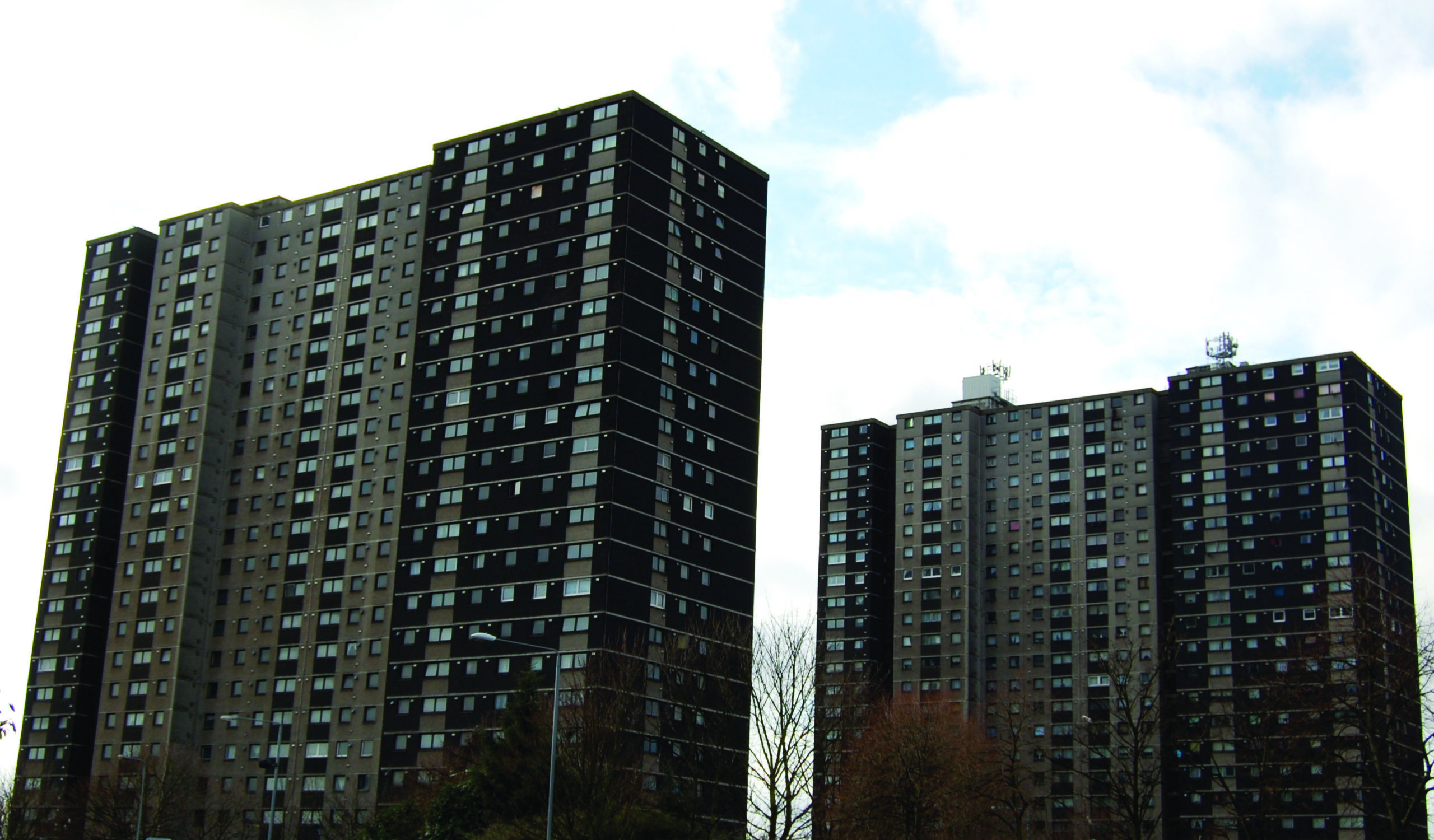
[…] Claire Strickett, The high-rise and fall of Modernism, Glasgow University Magazine, Spring 2009 […]
This is an excellent piece. Gives a more rounded assessment of Glasgow’s high-rise architecture. There’s a good essay which suggests that Le Corbusier’s architecture was essentially antisocial which may explain many of the problems associated with them.
http://www.scribd.com/doc/19662189/The-Antisocial-Urbanism-of-Le-Corbusier-Simon-Richards
Personally, I’d be sorry to see them all go. They’re such an essential part of Glasgow. It’s just that, like many things here, you have to try a bit harder to appreciate the beauty but it’s worth it.
I saw on a BBC programme the full plan for Glasgow and it was utterly horrifying. Modernists carried their arrogant and cloud high view as far as they could. Of course it had an improving vision but it was It was I think largely inspired by looking at models from a position of God as it were. Modern CAD programmes at least can put you in the eyesight level of a normal human in these designs when things look very different.